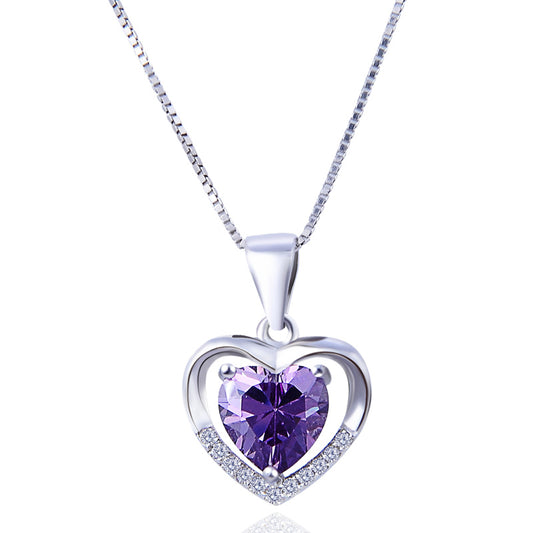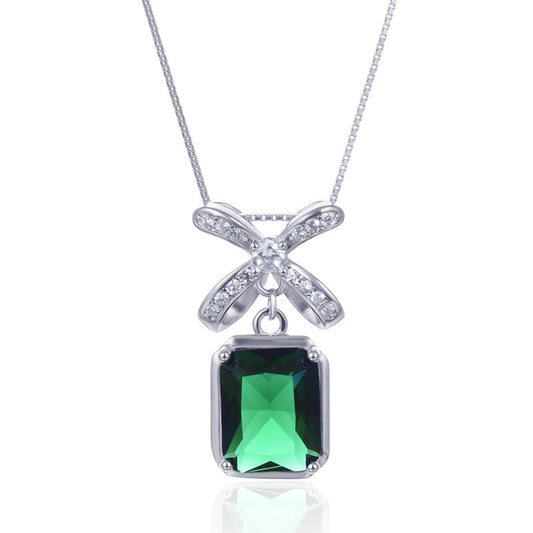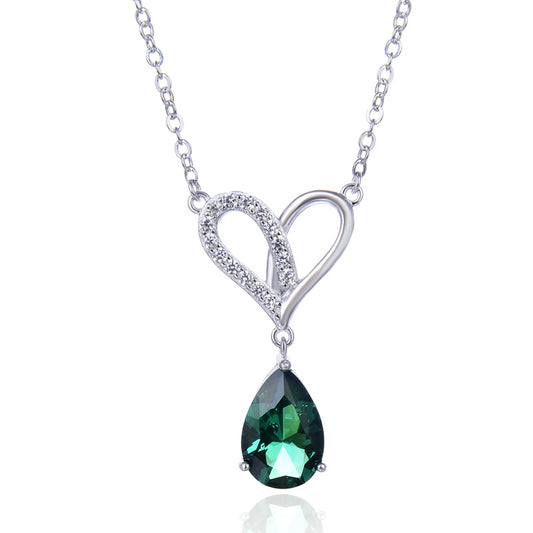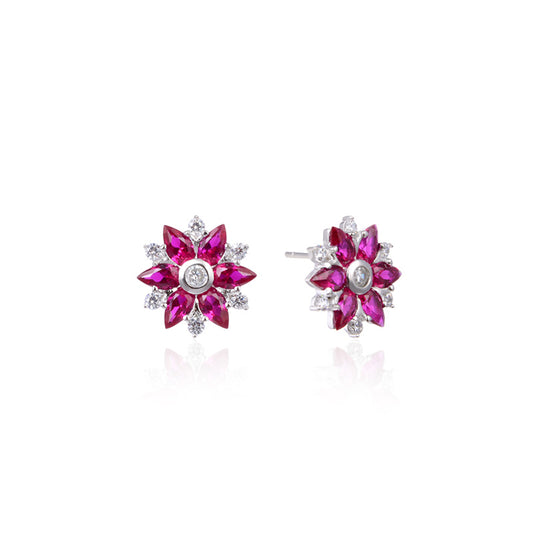How Many Pokemon Are There? A Deep Dive into the Ever-Expanding Universe of Pocket Monsters
The world of Pokemon has captivated audiences since its inception, evolving from a humble video game series into a global phenomenon. Central to this success is the ever-growing cast of colorful and charming creatures known as Pokemon. But just how many Pokemon are there? This question has perplexed fans for decades, as the franchise continuously introduces new species with each passing generation.
To truly understand the breadth and depth of the Pokemon universe, we must embark on a journey through the various generations of Pokemon games. Each generation has not only added new Pokemon but also introduced new gameplay mechanics, storylines, and regions to explore.
Generation I: The Foundation
It all began with the release of "Pokemon Red" and "Pokemon Blue" in 1996. These games introduced players to the concept of Pokemon training and battling, laying the foundation for what would become a global sensation. The original 151 Pokemon included iconic species like Bulbasaur, Charmander, Squirtle, and Pikachu, who have since become mascots for the entire franchise.
These early Pokemon games were simple yet addictive, offering players the chance to explore the fictional world of Kanto, capture and train Pokemon, and engage in thrilling battles with other trainers. The games' success was undeniable, sparking a craze that would sweep the globe.
Generation II: New Adventures
Two years later, in 1999, the franchise released "Pokemon Gold" and "Pokemon Silver," ushering in the second generation of Pokemon games. This generation introduced 100 new Pokemon, bringing the total number to 251. These new additions included legendary Pokemon like Lugia and Ho-Oh, as well as popular species like Chikorita, Cyndaquil, and Totodile.
Generation II also introduced new features like Pokemon breeding and the ability to play with two Pokemon at once in battle. These games expanded the Pokemon universe, offering players new adventures to embark on and deeper gameplay mechanics to explore.
Generation III: The Ruby and Sapphire Era
In 2002, the franchise released "Pokemon Ruby" and "Pokemon Sapphire," marking the beginning of the third generation. This generation introduced another 135 new Pokemon, raising the grand total to 386. This era saw the introduction of dual-type Pokemon, Pokemon abilities, and a more nuanced battle system.
Generation III also featured a new region to explore, known as Hoenn. With its tropical setting and diverse Pokemon population, Hoenn offered players a fresh and exciting new environment to discover.
Generation IV: Sinnoh and Beyond
In 2006, the franchise released "Pokemon Diamond" and "Pokemon Pearl," ushering in the fourth generation of Pokemon games. This generation introduced 107 new Pokemon, bringing the total to 493. Generation IV introduced new features like the Pokemon Super Contests and the ability to customize your character's appearance.
This generation also saw the introduction of the Sinnoh region, a snowy and mountainous landscape that offered players a new challenge. With its unique Pokemon and engaging storyline, Sinnoh quickly became a fan favorite.
Generation V: Unova and the Black and White Era
In 2010, the franchise released "Pokemon Black" and "Pokemon White," marking the beginning of the fifth generation. This generation introduced 156 new Pokemon, bringing the total to 649. Generation V featured a new region known as Unova, a modern and urban setting that offered players a different kind of Pokemon adventure.
This generation also introduced new gameplay mechanics like triple battles and rotation battles, adding even more depth to the already rich Pokemon experience.
Generation VI: Kalos and the X and Y Era
In 2013, the franchise released "Pokemon X" and "Pokemon Y," ushering in the sixth generation of Pokemon games. This generation introduced 72 new Pokemon, bringing the total to 721. Generation VI featured a new region known as Kalos, a French-inspired landscape that was full of beauty and culture.
This generation also saw the introduction of Mega Evolutions, a new mechanic that allowed certain Pokemon to transform into powerful new forms during battle. With its stunning visuals and engaging gameplay, Generation VI quickly became a fan favorite.
Generation VII: Alola and the Sun and Moon Era
In 2016, the franchise released "Pokemon Sun" and "Pokemon Moon," marking the beginning of the seventh generation. This generation introduced 81 new Pokemon, bringing the total to 802 (including the different formes and gender differences). Generation VII featured a new region known as Alola, a tropical paradise that was full of unique Pokemon and culture.
This generation also introduced new gameplay mechanics like Z-Moves and the ability to ride Pokemon, adding even more excitement to the already thrilling Pokemon experience.
Generation VIII: Galar and the Sword and Shield Era
In 2019, the franchise released "Pokemon Sword" and "Pokemon Shield," ushering in the eighth generation of Pokemon games. This generation introduced 81 new Pokemon species, bringing the total to 893 (including regional variants and different formes). Generation VIII featured a new region known as Galar, based on the United Kingdom, with its own unique culture and Pokemon to discover.
Generation VIII also saw the introduction of Dynamaxing, a new mechanic that allowed Pokemon to grow to gigantic sizes and unleash powerful attacks during battle. With its stunning visuals, engaging storyline, and new gameplay features, Generation VIII has captivated audiences around the world.
The Future of Pokemon
As we look ahead to the future of Pokemon, it's clear that the franchise will continue to evolve and expand. With each new generation, we can expect new Pokemon species, new regions to explore, and new gameplay mechanics to master. The Pokemon universe is vast and ever-changing, offering endless possibilities for adventure and discovery.
In conclusion, the answer to the question "How many Pokemon are there?" is constantly evolving as the franchise introduces new species with each passing generation. As of Generation VIII, there are 893 Pokemon species to discover and collect (including regional variants and different formes). However, with the franchise's commitment to innovation and expansion, it's likely that this number will continue to grow in the years to come.
So, whether you're a seasoned Pokemon trainer or a newcomer to the world of pocket monsters, there's always something new to discover in the ever-expanding universe of Pokemon.








